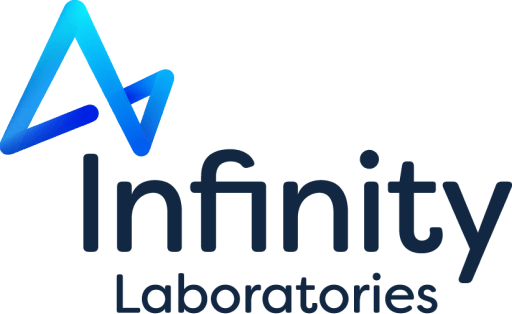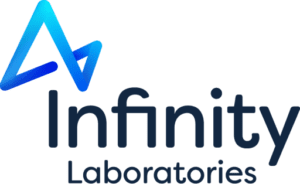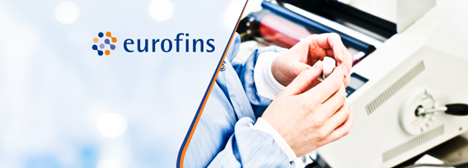Bringing an implantable or infusion device to market requires more than innovation—it requires absolute confidence in its safety. For Class II and III medical devices, chemical characterization through extractables and leachables (E&L) testing is not just a regulatory box to check, but a critical safeguard for patient health. At Eurofins Medical Device Services in St. Louis, we specialize in delivering precise, regulatory-ready data that helps device developers move forward with confidence.
A True Partner for Small and Mid-Size Innovators
A True Partner for Small and Mid-Size Innovators
While Eurofins supports medical device companies of all sizes, our consultative and collaborative style makes us especially effective for small to mid-size companies. These organizations often lack extensive in-house regulatory or analytical resources, and they turn to our team to fill that gap. Instead of a “throw it over the wall” testing model, our approach is highly interactive—we work side-by-side with clients to ensure the study design, solvents, and testing strategies are optimized for their specific device. Larger organizations also benefit from this model, but for emerging or mid-tier companies, this hands-on support can mean the difference between a smooth approval and a costly delay.
This partnership extends beyond project kick-off. Our team maintains an open exchange of data, questions, and context throughout the study, so the results not only meet regulatory expectations but also make sense to the people who know the device best.
Deep Expertise in Implantables and Ocular Devices
Deep Expertise in Implantables and Ocular Devices
The St. Louis laboratory has developed deep experience with implantable devices, and in particular intraocular lenses (IOLs) and other ocular implants. For these devices, long-term safety hinges on detecting even the subtlest extractables. Our laboratory is fully equipped and validated to handle IOLs efficiently, with streamlined workflows that allow us to “turn and burn” projects without sacrificing accuracy. This focus has made ocular devices our leading specialty, though we also regularly support bioabsorbables, infusion pumps, and a range of other Class II and III implantables.
Because nearly any implantable device with plastic or polymeric components requires chemical characterization, our methods extend across therapeutic areas—cardiovascular, neurology, oncology, and beyond. If a material is destined for long-term contact within the body, E&L testing is essential, and Eurofins St. Louis is structured to deliver it at the highest level.
Regulatory Standards and Compliance Confidence
Regulatory Standards and Compliance Confidence
Every E&L project is designed and executed with global regulatory standards in mind. For Class II and III devices, our work is guided by:
- ISO 10993-18 (Chemical Characterization of Medical Device Materials)
- ISO 11979-5 (specific to intraocular lenses)
- FDA and EU regulatory expectations
Compliance goes beyond checking boxes. Our scientists remain engaged with evolving industry interpretations of these standards, ensuring that our reports not only demonstrate adherence but also reflect how regulators are currently applying them. This diligence minimizes reviewer questions and helps our clients avoid delays when navigating FDA and EU pathways.
Beyond the Instruments: The Human Factor in Precision Testing
Beyond the Instruments: The Human Factor in Precision Testing
Like many labs, Eurofins employs advanced instrumentation such as LC-MS, GC-MS, and ICP-MS. But precision lies not just in the equipment, but in the expertise behind it. Our team applies decades of experience to carefully interpret results, validating that every proposed identification is realistic and consistent with the device’s materials. While many labs rely solely on automated libraries, Eurofins scientists cross-check and verify outcomes—preventing false positives or misidentifications that could lead to unnecessary toxicological concerns.
We also employ multiple detection methods, including UV analysis, to provide a more comprehensive chemical profile. This approach ensures that no potential risk goes unnoticed, giving sponsors and regulators greater confidence in the safety of the device.
Practical Timelines and Proven Processes
Practical Timelines and Proven Processes
For most Class II and III medical devices, our E&L studies—from protocol development to final reporting—are completed in 10–12 weeks. A key step early in this process is solvent compatibility testing. By carefully selecting and testing extraction solvents, we avoid degrading the device during analysis. This prevents artifacts and false peaks, ensuring that the data reflects true extractables and nothing more.
From there, we move into full characterization using polar, mid-polar, and non-polar solvents as required by guidance documents. Our structured, methodical process ensures robust data generation while giving clients clear visibility into the reasoning behind each decision.
What Sets Eurofins Apart
What Sets Eurofins Apart
Ultimately, success is measured in regulatory acceptance. While cost and speed matter, our clients consistently tell us that accuracy and defensibility are what truly count. Our reports are written with reviewers in mind, laying out not just results but a clear narrative of compliance. This reduces questions from agencies and allows sponsors to move forward confidently.
What makes Eurofins different is the way we apply our expertise: we look beyond the library output, validate whether identifications make sense, and provide context that ensures regulators and clients alike can trust the findings. By approaching each project as a partnership rather than a transaction, we empower device developers to deliver safe, effective products without unnecessary delays.


